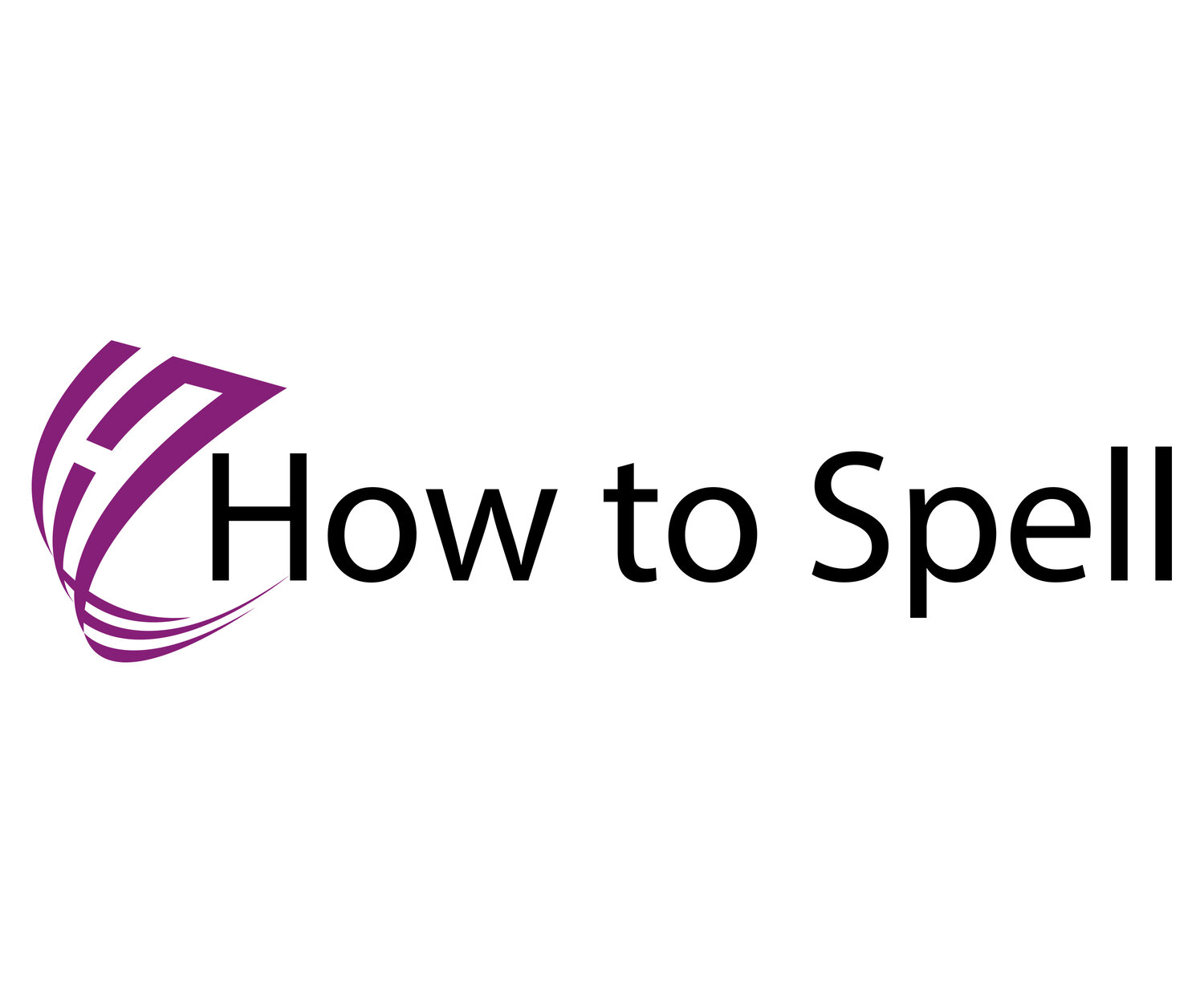-y to -i spelling rule
The video below is from my Spelling Rules Course on udemy.com
The -y to -i- Spelling Rule
beauty → beautiful
happy → happiness
angry → angrily
Change the -y to -i- when adding suffix endings if a word ends in a consonant + y.
But we don't change y when we add endings beginning with i like -ing, -ish or they’d be too many i’s! (studied but studying)
We change the -y to -ies for plurals: story — stories.
beauty + ful → beautiful. Also beautify, beautician
happy + ness → happiness. Also happily, happier, happiest
angry + er → angrier. Also angriest, angrily
pretty: prettier, prettiest
ready: readily, readiness
try: tried but trying
defy: defies, defied but defying
apply: applies, applied, application but applying
dry: dried, but drying, dryish (keep the “y” because we don’t want two i’s together) but exceptions are dryer or drier, dryly or drily
Some -ay words change the -y to -i and makes the -ai- patterns in
day + ly = daily,
gay + ety = gaiety. Also gaily
lay – laid
pay – paid
say - said
slay - slain
We have a reversal of -y to -i- rule when we change some words ending in -ie- to -y-
die + ing = dying (dieting X too many vowels in a row!)
tie + ing = tying
lie + ing = lying
Change the -y to -ies:
apply — applies
supply — supplies
deny — denies
magnify — magnifies
dry — dries
try — tries
balcony — balconies
ceremony — ceremonies
story — stories
Get it right: happy
Although the adjective happy ends in the letter 'y', the related noun happiness is spelled with an 'i' (not a 'y'):
✗ Health, love, and happyness are what everyone looks for in their life.
✓ Health, love, and happiness are what everyone looks for in their life.
For most other adjectives ending in 'y', the same rule applies:
adjective → related noun
empty → emptiness
lazy → laziness
lonely → loneliness
tidy → tidiness
ugly → ugliness
Do the exercise below.
If you’d like to study spelling rules in more detail with new videos and exercises then check out my Spelling Rules Course on udemy.com
Check out the -y to -ies or s rule
